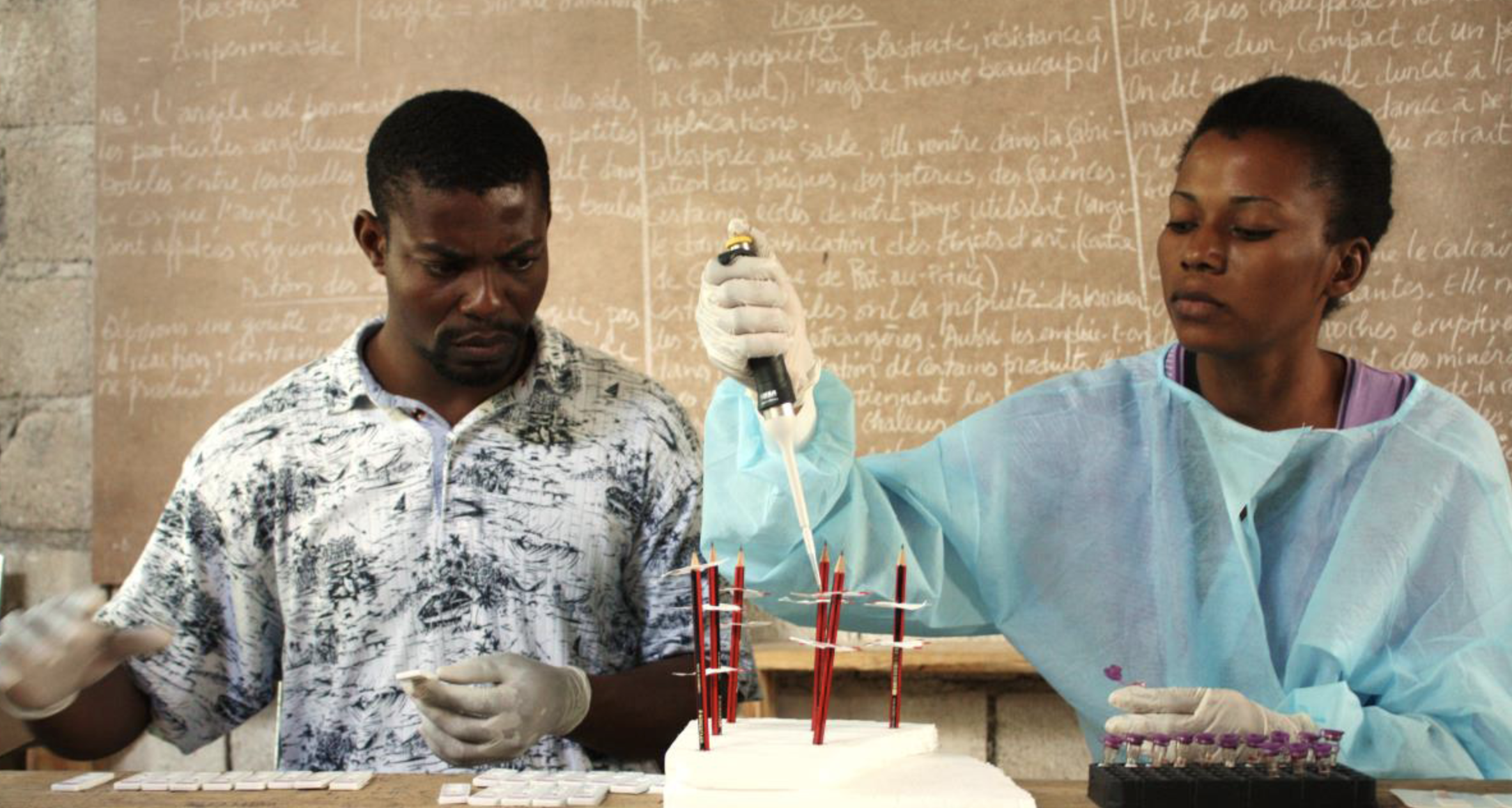ASTMH Annual Meeting 2025
blogTailoring the Use of Rapid Diagnostic Tests to Each Unique Setting
By: Aislinn Mcmillan, University of California San Diego School of Medicine

Working to evaluate the performance of rapid diagnostic tests (RDTs) for drug-resistant extrapulmonary tuberculosis in India, I witnessed first-hand the benefits of RDTs in providing immediate diagnosis and allowing rapid treatment. With the increasing availability of RDTs for different diseases, though, it is essential to understand the uses and limitations of different RDTs in developing countries.
At TropMed19, Sunil Pokharel of the University of Oxford underscored the importance of this in his presentation on how RDTs for febrile illnesses of unknown etiology are applied in clinical practice often in combination and without consideration of test validity. These febrile illnesses can present with non-specific symptoms, and thus patients may be misdiagnosed and treated empirically with antimicrobials that will not treat their condition as their disease progresses. The aim of his study was to explore diagnostic prediction of multiple tests when applied simultaneously versus sequentially through different algorithms. To do so, he examined five common febrile illnesses from India and Cambodia using a mathematical model unique to each country and its disease prevalence. Algorithms with appropriate sequential testing yielded the correct diagnosis in 74% and 89% of patients in India and Cambodia, respectively, compared with 46% and 49% with simultaneous testing.
This study demonstrates the power of developing guiding protocols and algorithms for use of RDTs specific to each disease setting. Moreover, it highlights the need to understand the validity of each RDT when considering its application in the clinical setting. Beyond their findings, Sunil Pokharel and his colleagues developed a web-based application model available to the public so that clinicians and policy makers can develop their own setting-specific algorithms. You just input local prevalence estimates and tests’ accuracy values, and receive an output containing the details of the best algorithm, the proportion of each disease that will be correctly diagnosed by the best algorithm, and positive predictive values for each disease considered in the best algorithm.
Aislinn McMillan is a guest blogger and a Benjamin H. Kean Travel Fellow in Tropical Medicine.
Related Posts
By: Matthew Davis, Burness